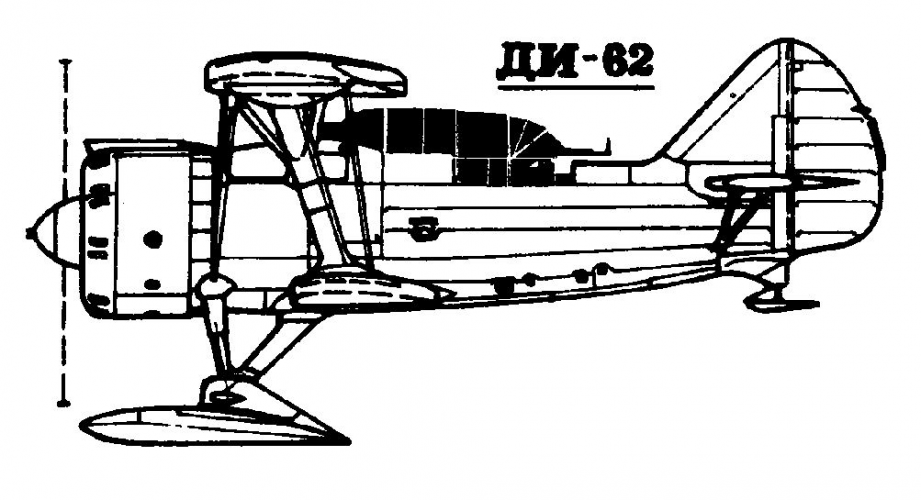- Joined
- 25 June 2009
- Messages
- 14,732
- Reaction score
- 6,070
Several omissions there:For DI series
- The DI-3 and DI-4 designations were reallocated to Polikarpov but they had been used first for other aircraft:
- DI-3 (1) = Tupolev ANT-15 two-seat fighter (1930, project only)
- DI-3 (2) = Polikarpov-Grigorovich TsKB N° 9 (1930, 1 built)
- DI-4 (1) = Laville (Richard) project
- DI-4 (2) = Polikarpov two-seat monoplane fighter (1933)
You mention the latter as being designed by Laville, but isn't it just a confusion of the two allocations?
- The DI-5 (or TsKB N° 2) was probably a Kocherigyn project (other sources cite Yatsenko, possibly a joint design).
- You forgot to mention the fact that DI-6 (TsKB-11 and -41) was a Kocherigyn-Yatsenko model.
Also, you missed out the DI-62 variant. - The DI-7 was also a Kocherigyn design (despite being based on a Polikarpov).
Finally, I find the choice of covering only the DI- series in this topic very arbitrary.
Either cover all official fighter designations together, or separate I- from all the rest!
The other fighter designators were:
- DIP (two-seat cannon fighter)
Only one aircraft, the DIP (or DIP.1), which was the Tupolev ANT-45. - DIS & IDS (long-range escort fighter)
Only one aircraft of each, the Myasishchev DIS (also known as VM-14 or DIS-2 VK-107A) and the Grushin IDS (or GP-1). - TIS (heavy escort fighter)
Only one aircraft, the Polikarpov TIS. - UTI (fighter trainer)
The UTI series ran from UTI-1 to UTI-6:- UTI-1 was the Polikarpov-Grigorovich I-5;
- UTI-2 was a Polikarpov.
- UTI-3 is unknown to me.
- UTI-4 was the Polikarpov I-16UTI.
- UTI-5 was the Shevchenko-Nikitin NV-2.
- UTI-6 was the Shevchenko-Nikitin NV-6.
- One can also add to this list the non-standard Mikhelson UTI-M49.


